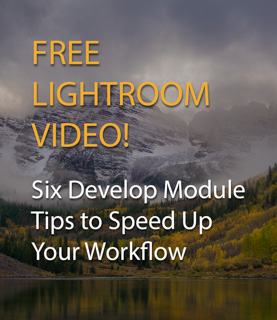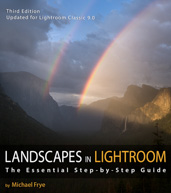In the Moment:
Michael Frye's Landscape Photography Blog
by Michael Frye | May 5, 2022 | Announcements

“Twins” – sun breaking through fog in a redwood forest, northern California
A few weeks ago, before rafting down the Grand Canyon, I did an interview with Brenda Petrella for her Outdoor Photography Podcast. I thought Brenda asked a lot of great questions, and I really enjoyed the conversation. We talked about a wide range of topics, including light, my early photography career working at The Ansel Adams Gallery, the difference between style and vision, immersing yourself in nature, and so much more.
Brenda just released the podcast, so you can listen to it on her website, or through all the usual podcast sources like iTunes, Spotify, Stitcher, and so on. I hope you enjoy the interview!
(more…)
by Michael Frye | May 1, 2022 | Travels and Stories, Uncategorized
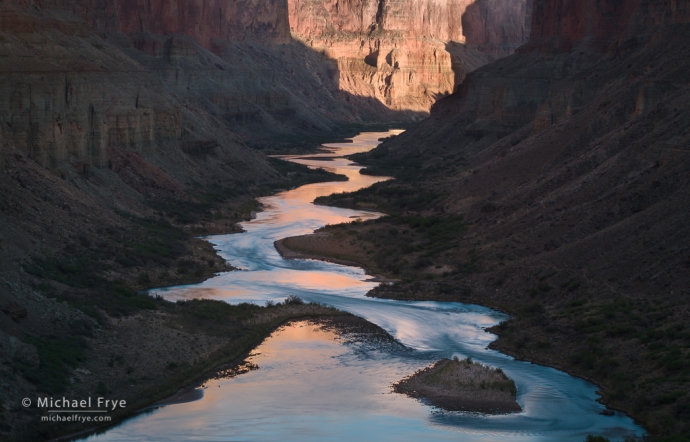
Ribbon of water, Grand Canyon National Park,
Arizona
Claudia and I just emerged from the Grand Canyon on Thursday. What an incredible journey.
This was my second raft trip down the canyon, and it was just as wonderful as I remembered. Maybe even more so. As beautiful as the Grand Canyon is from the rim, the river is the beating heart of the canyon. We were deep in that heart for ten days, getting doused by the river’s (very cold) water in rapids, bathing in it, drinking it (filtered of course), and lulled to sleep at night by the roar of nearby rapids.
What made this trip even more special was the people we shared the journey with, including my amazing co-instructor, Jerry Dodrill, our wonderful guides Ed, Ellen, and Boh, and a super-nice group of photographers, who I’d now call friends for life. We couldn’t have asked for better companions.
(more…)
by Michael Frye | Apr 18, 2022 | Travels and Stories
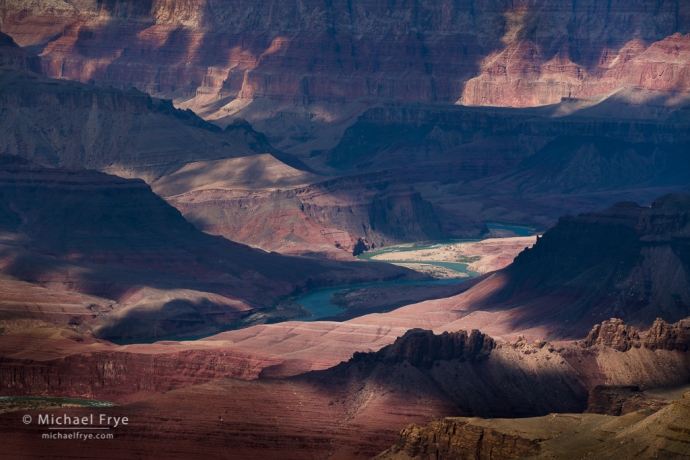
Dappled light, Grand Canyon NP, Arizona
“We are three-quarters of a mile in the depths of the earth, and the great river shrinks to insignificance, as it dashes its angry waves against the walls and cliffs, that rise to the world above; they are but puny ripples, and we but pigmies, running up and down the sands, or lost among the boulders. We have an unknown distance yet to run, an unknown river to explore. What falls there are, we know not; what rocks beset the channel, we know not; what walls rise over the river, we know not.” — John Wesley Powell
Powell wrote those words to describe the challenge facing he and his eight companions as they began their epic journey through the Grand Canyon in 1869. They had already been traveling for two-and-a-half months down the Green and Colorado rivers, through territory that was almost completely unknown to Europeans at the time. They were low on food, their clothes had been worn to rags, and their boats were battered an in constant need of repair. Somehow, Powell and five of the men made it through the Grand Canyon, becoming the first to ever do so – as far as we know. (The three others decided to hike out of the canyon, and were never seen again.)
Of course the Colorado River through the Grand Canyon is well known now. Every mile has been thoroughly explored and mapped. But rafting down the river is still a great adventure.
(more…)
by Michael Frye | Apr 3, 2022 | Light and Weather, Yosemite Photo Conditions
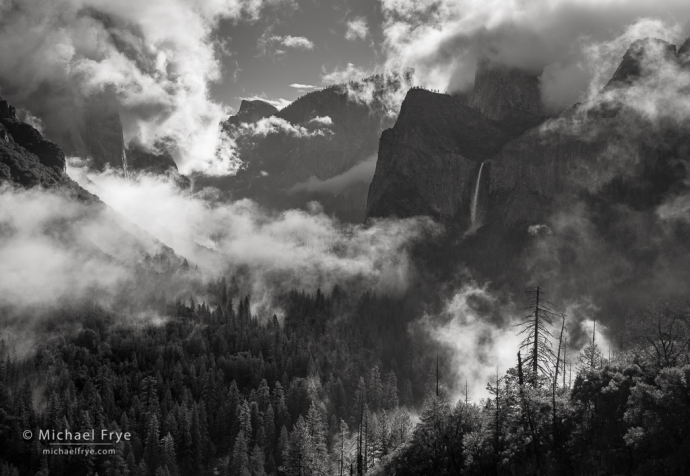
Half Dome and Bridalveil Fall during a clearing storm, Yosemite NP, California
Something rare happened last Tuesday: it rained. We’ve received very little rain here in the central Sierra since January 1st, but on Tuesday Yosemite Valley got .43 inches – not exactly a deluge, but something.
Claudia and I went up to Yosemite Valley on Tuesday afternoon, hoping to find some interesting light. We did see a faint rainbow at one point, but then clouds closed in, and it rained steadily until after sunset. We drove home in a downpour (and actually our town of Mariposa got more rain than Yosemite).
The next morning I rose early and drove out to the Merced River Canyon, hoping to find fog enveloping some of the late-blooming redbuds. But the fog and mist in the canyon hovered at least a couple hundred feet above the canyon floor – above redbud level – so I kept driving up to Yosemite Valley.
(more…)
by Michael Frye | Mar 22, 2022 | Travels and Stories
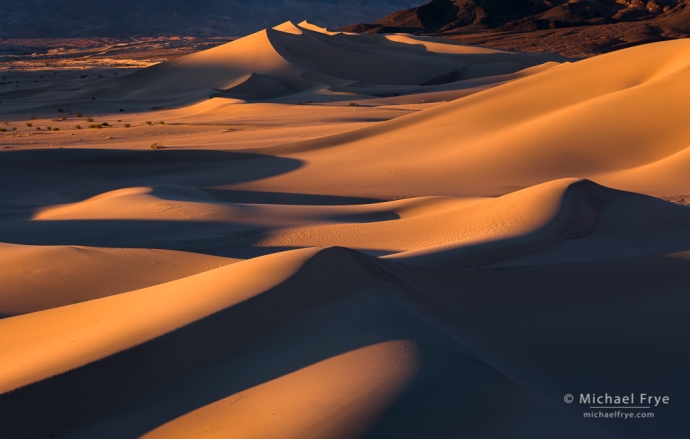
Last light on sand dunes, Mojave Desert, California
If you’ve been reading this blog, you know that I love sand dunes. Dunes make great photographic subjects, but it’s more than that. I love just being in the dunes. When walking out to the Mesquite Flat Dunes in Death Valley, there’s this moment when you move off of the surrounding salt crust and onto the sand, and suddenly it seems as if you’re in a different world – a special realm that’s magical, beautiful, and a little surreal.
Children also love sand dunes of course. What kid wouldn’t love playing in a giant sandbox? When our son Kevin was little we took him to sand dunes whenever possible – not just in Death Valley, but to the Oceano Dunes along the California Coast, to the Kelso Dunes, and to the Imperial Dunes near the border with Mexico. He loved playing the sand, and when he was old enough we took him up the highest dune in the Mesquite Flat Dunes, which was a great adventure, and big accomplishment for him.
(more…)






